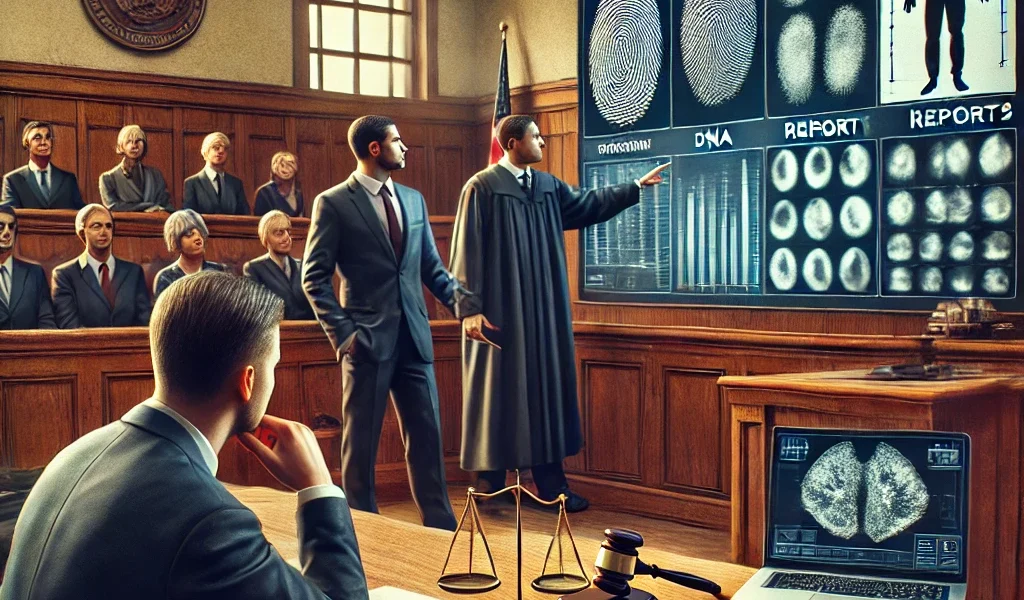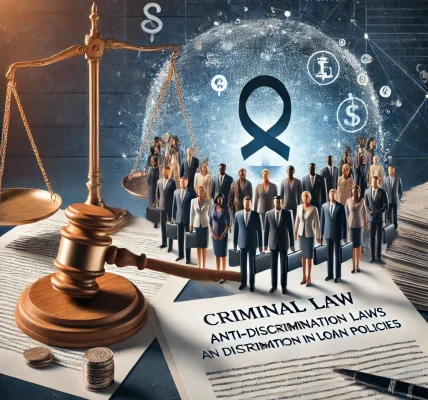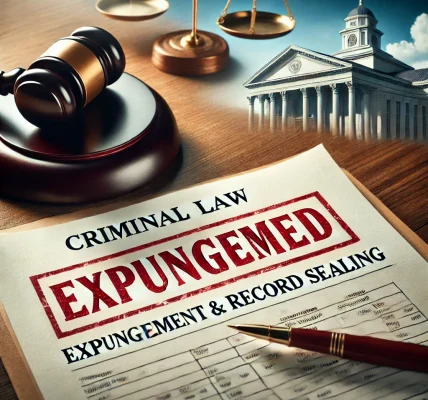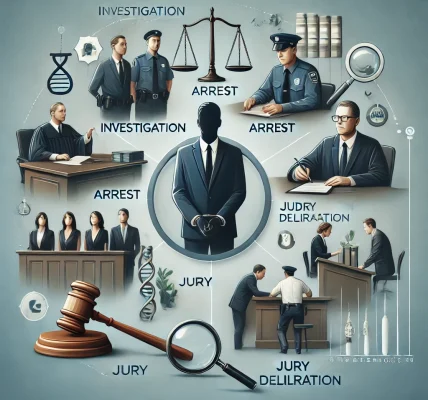In the criminal justice system, evidence plays a crucial role in determining the outcome of a case. Whether the prosecution is trying to prove guilt or the defense is working to establish innocence, the presence and quality of evidence can make or break a case. Understanding how evidence is gathered, presented, and challenged is essential for anyone involved in a criminal trial.
1. Understanding Evidence in Criminal Law
Evidence is any material or testimony used to support or refute an accusation in a criminal case. The law categorizes evidence into different types, each serving a specific function in the trial process.
A. Types of Evidence
- Direct Evidence – Evidence that directly proves a fact, such as eyewitness testimony or video footage.
- Circumstantial Evidence – Indirect evidence that implies a fact but does not directly prove it. For example, fingerprints at a crime scene suggest presence but do not confirm guilt.
- Physical Evidence – Tangible objects like weapons, clothing, DNA samples, or stolen items.
- Documentary Evidence – Written or recorded materials such as contracts, emails, or financial records.
- Testimonial Evidence – Statements made under oath by witnesses, victims, or experts.
- Forensic Evidence – Scientific analysis like fingerprints, DNA testing, and toxicology reports.
B. The Legal Standards for Admissibility of Evidence
For evidence to be used in court, it must meet certain legal standards:
- Relevance – The evidence must be directly related to the case.
- Reliability – The source of the evidence must be credible.
- Authenticity – Documents and physical evidence must be verified.
- Legality – Evidence obtained illegally (e.g., without a warrant) may be excluded under the exclusionary rule.
2. The Role of Evidence in a Criminal Trial
Evidence shapes every stage of a criminal trial, from investigation to sentencing. It helps establish facts, supports legal arguments, and influences the judge or jury’s decision.
A. Evidence in Pre-Trial Investigations
Law enforcement officers gather evidence during an investigation to build a case against a suspect. Common methods include:
- Collecting surveillance footage
- Conducting forensic analysis
- Interviewing witnesses
- Obtaining search warrants
B. Evidence in Court Proceedings
During the trial, the prosecution and defense present evidence to support their arguments. Key elements include:
- Opening Statements – Attorneys outline their case and highlight the evidence they will present.
- Presentation of Evidence – Lawyers introduce physical, documentary, and testimonial evidence.
- Cross-Examination – Opposing counsel challenges the credibility of witnesses and the validity of evidence.
- Closing Arguments – Attorneys summarize the evidence to persuade the judge or jury.
C. Role of Expert Witnesses
Expert witnesses, such as forensic scientists or medical professionals, provide specialized knowledge that helps interpret complex evidence.
3. How Evidence Can Make or Break a Case
The outcome of a criminal case often hinges on the strength of the evidence. Here’s how it can influence the verdict:
A. Strong Evidence Leading to Conviction
- DNA matches linking the suspect to the crime scene.
- Video recordings capturing the criminal act.
- Eyewitness testimony corroborating other evidence.
- Reliable forensic analysis supporting the prosecution’s claims.
B. Weak or Improperly Obtained Evidence Leading to Acquittal
- Lack of direct evidence tying the suspect to the crime.
- Unreliable witness testimony due to inconsistencies.
- Evidence obtained unlawfully, leading to exclusion from trial.
- Insufficient forensic support to prove guilt beyond a reasonable doubt.
C. Cases Overturned Due to Wrongful Convictions
- Many wrongful convictions have been overturned due to new evidence, such as DNA tests proving innocence.
- Misidentification by eyewitnesses has led to false convictions.
- Police misconduct in obtaining confessions has resulted in case dismissals.
4. Challenges in Using Evidence in Criminal Cases
Despite its importance, evidence can present challenges in criminal cases. Some common issues include:
A. Chain of Custody Issues
- Proper documentation is required to track evidence from the crime scene to the courtroom. Any mishandling can lead to evidence being deemed inadmissible.
B. Witness Credibility Problems
- Witnesses may be biased, unreliable, or influenced by outside factors.
- Memory distortion over time can affect the accuracy of testimony.
C. Misinterpretation of Forensic Evidence
- Juries and even attorneys may misinterpret forensic findings, leading to incorrect conclusions.
- Some forensic techniques, like bite mark analysis, have been debunked as unreliable.
D. Legal and Ethical Concerns
- Law enforcement must ensure evidence is obtained legally.
- Defense attorneys must challenge any evidence that violates the defendant’s rights.
5. Conclusion
The role of evidence in criminal cases cannot be overstated. Strong, legally obtained evidence can secure a conviction, while weak or improperly gathered evidence can lead to acquittal or case dismissal. Understanding the different types of evidence, their admissibility, and their impact on a trial is essential for both legal professionals and the general public.
If you are involved in a criminal case, seeking legal representation is crucial. A skilled defense attorney can analyze the evidence, challenge its validity, and ensure your rights are protected. Ultimately, evidence is the foundation of justice, making it a powerful tool that can determine the fate of a criminal case.




